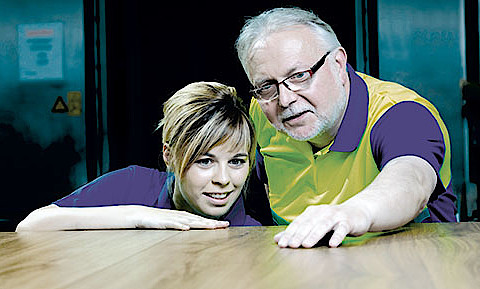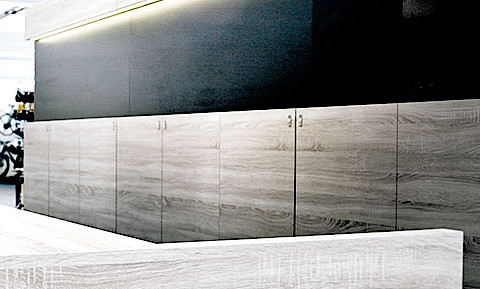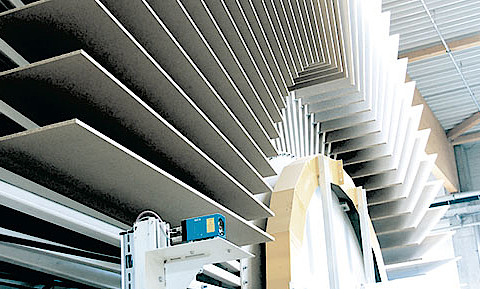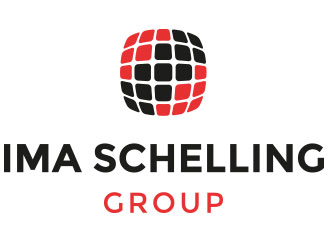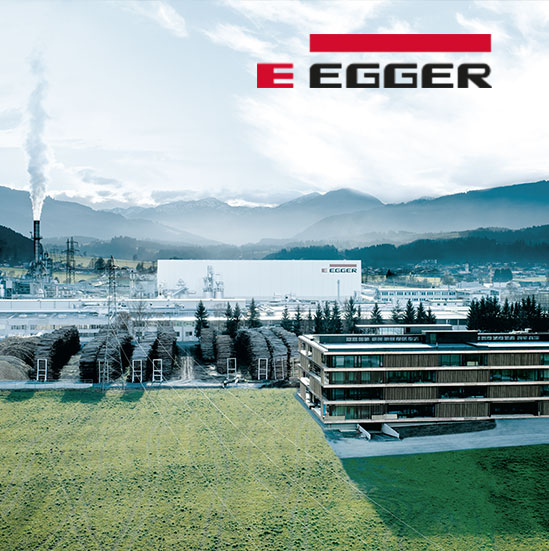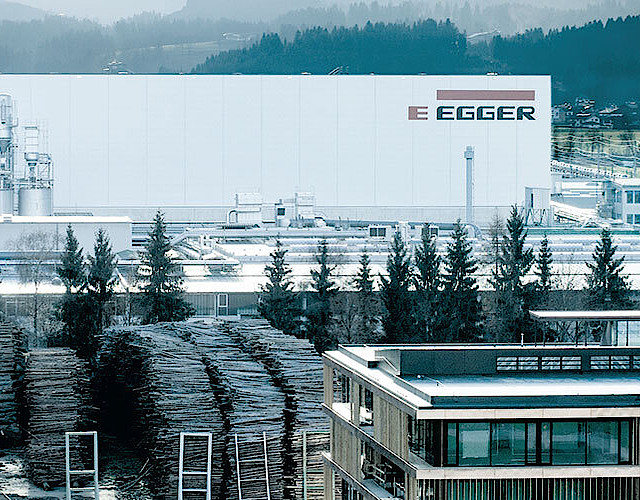
FROM THE TREE TO THE PANEL
Today, worktop panels and desktops as well as kitchen furniture, bathroom furniture and wall cabinets are only rarely manufactured from solid wood: the base material is typically chipboard surfaced with trendy decorative surfaces. But the main raw material, i.e. 90 percent of these chipboard panels, is wood - a renewable natural resource – at least if they come from the factories of the EGGER Group.
The Austrian family owned company is a complete supplier for the furniture construction and internal construction, for structural timberwork as well as for wood based flooring with 18 production sites throughout the globe. The materials offered by EGGER for the furniture construction and internal construction are, amongst other things, miscellaneous wood substrates which are surfaced with decorative paper impregnated with melamine resin. In addition to chipboard panels, also MDF panels, OSB Combiline or lightweight panels can serve as a substrate. Moreover, the product range includes worktops and compact panels, finished furniture components, composite panels in very different designs, lightweight construction boards, windowsills and edgings. Decorative surfaces, such as the Feelwood series, make the wood materials look like real wood, and touching them also feels like touching real wood.
